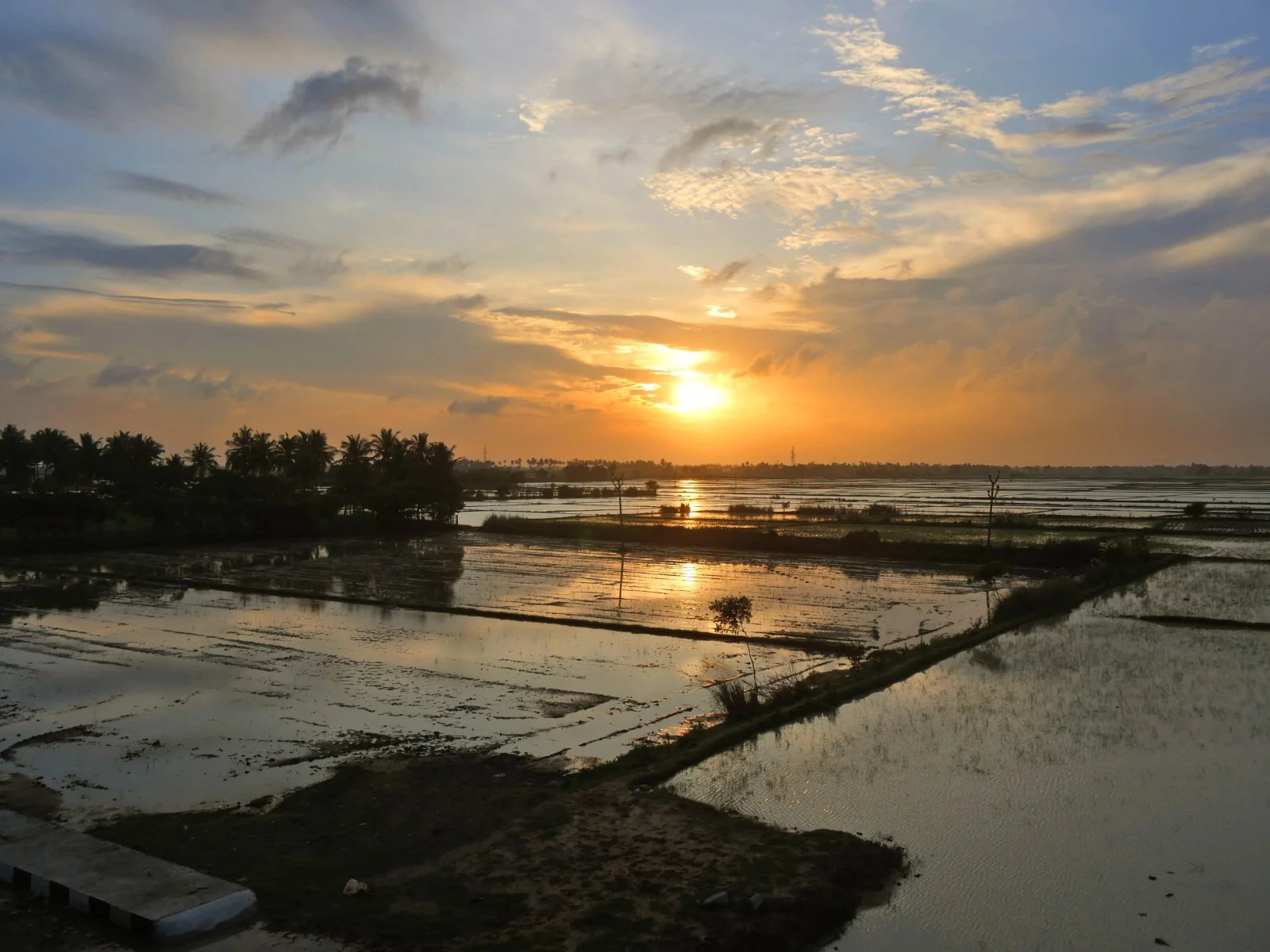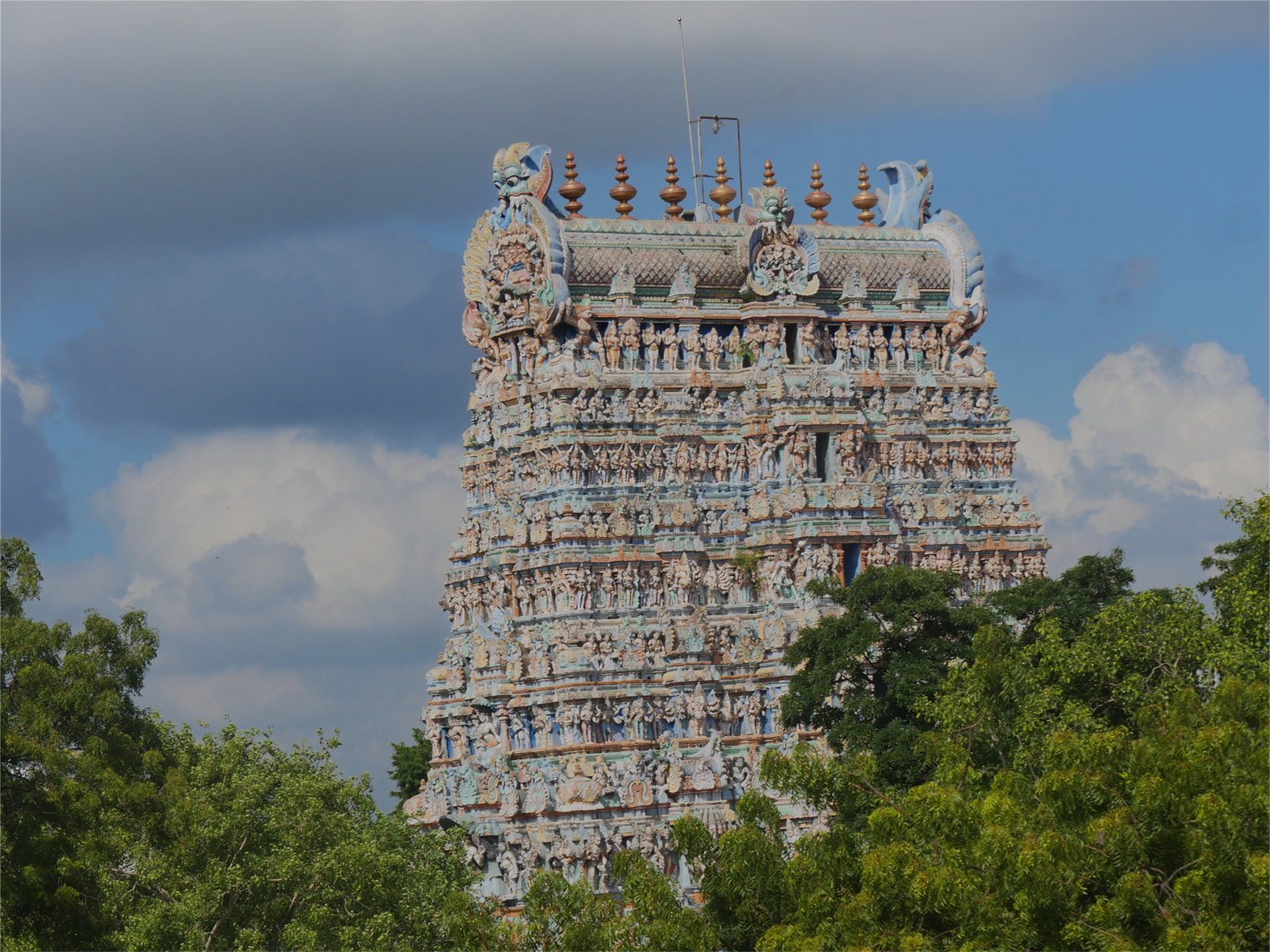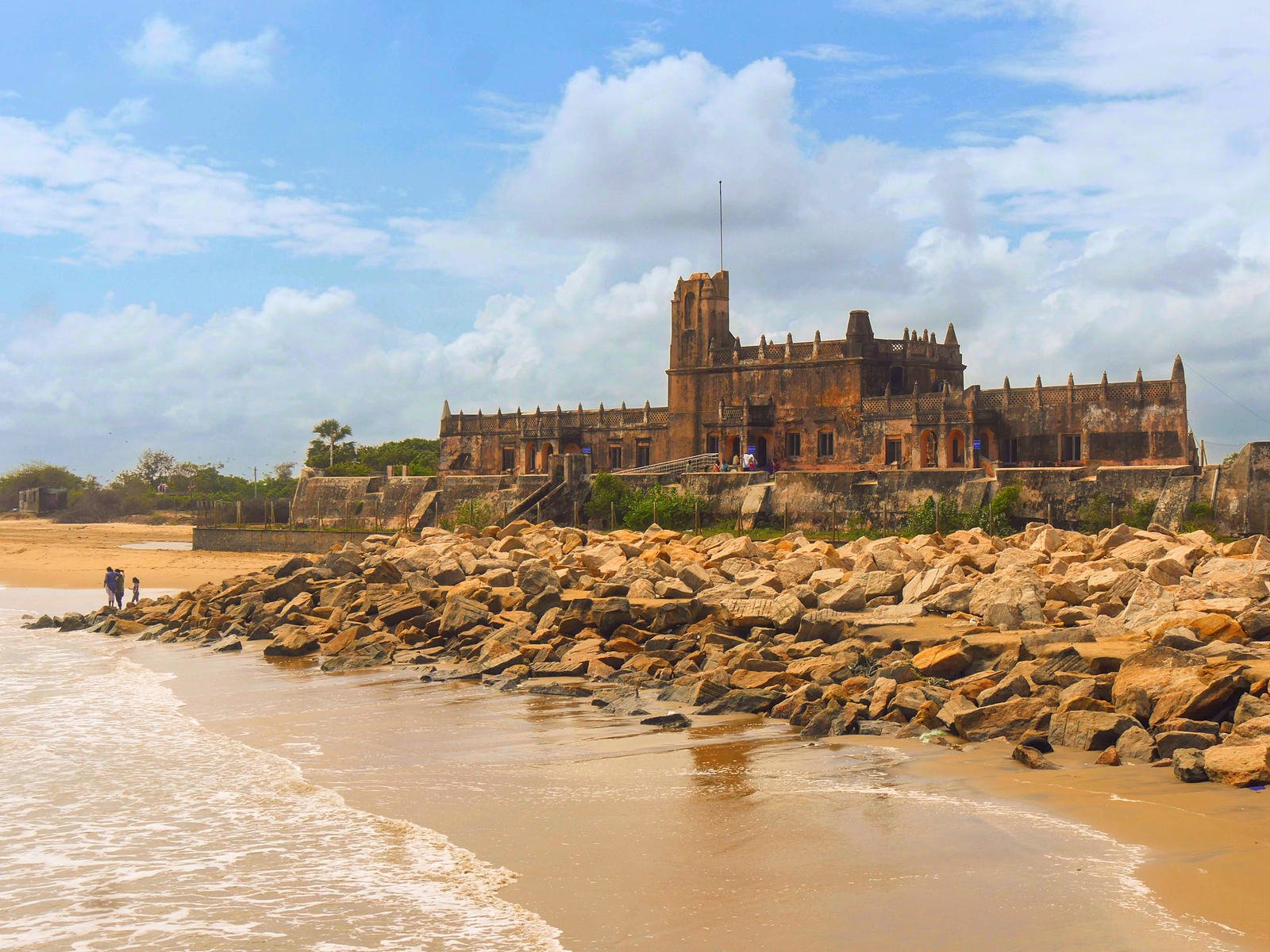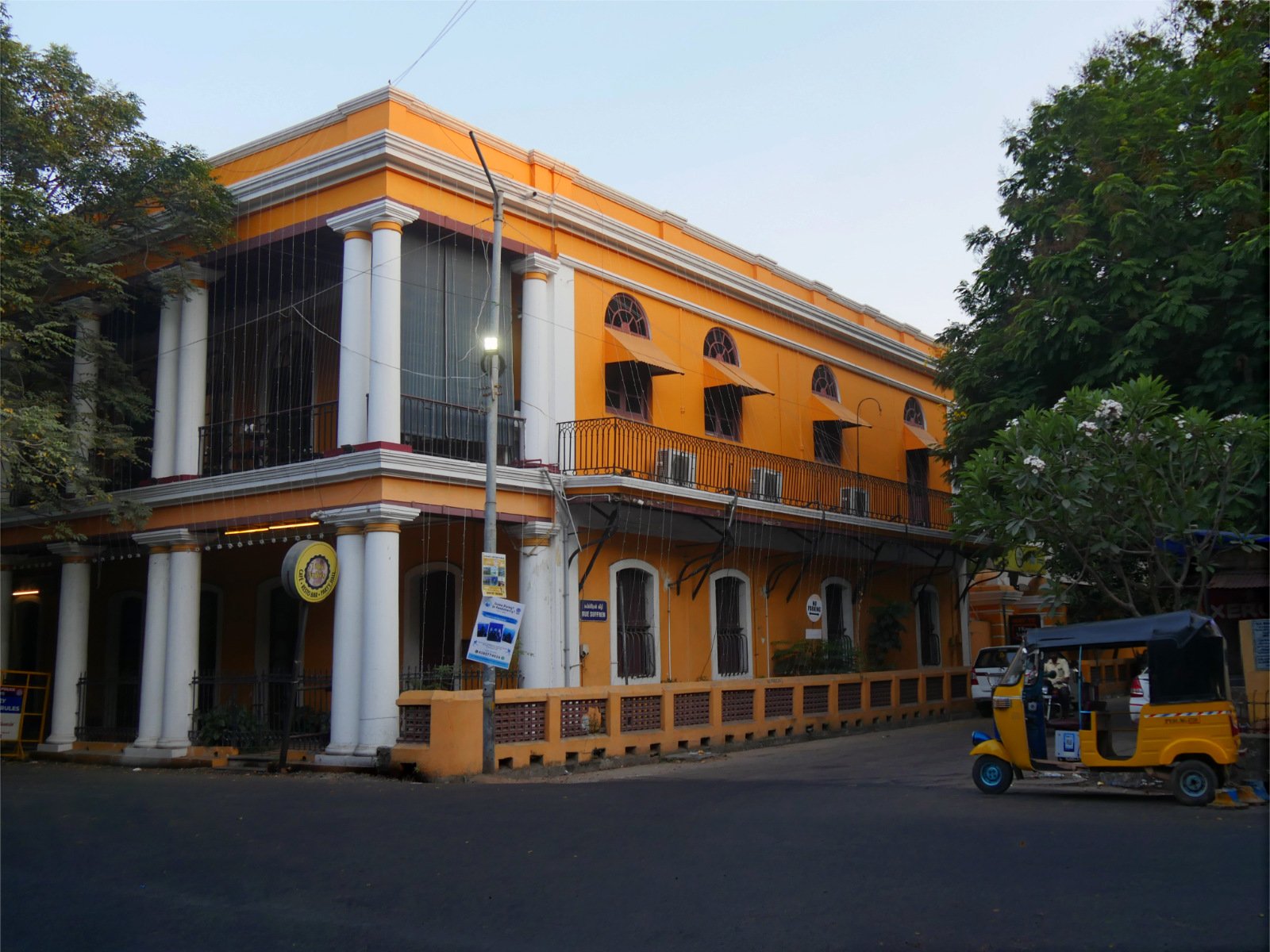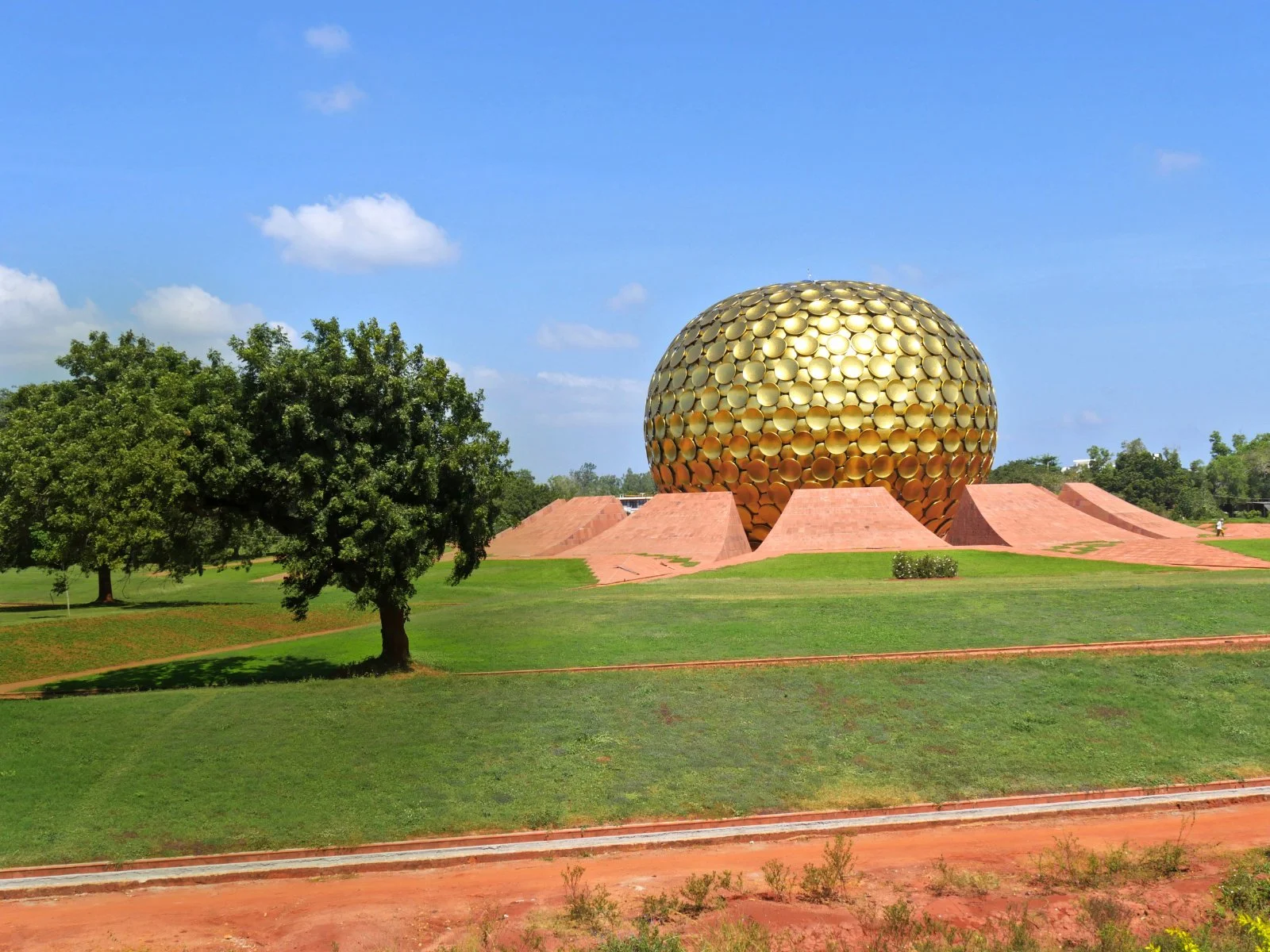The Coromandel
-
In eastern Tamil Nadu, the Coromandel Coast covers approximately 22,800 square km along the Bay of Bengal, down towards the southern tip of India. The Utkal Plains borders it to the north, the Bay of Bengal to the east, the Kaveri Delta to the south, and the Eastern Ghats to the west. The area is named after the Tamil Chola Mandalam, an old dynasty that ruled here from the 9th to 1279 CE. It is known as the "land of temples" because temples dating back to the tenth century are at the heart of many of its cities and towns.
-
With an average elevation of 80 meters, the coast is flanked by the Eastern Ghats, low hills. It features a straight shoreline, sandbars, and coral islands offshore. Rivers like the Palar, Ponnaiyar, and Cheyyar, originating from the Ghats, often run dry. Agricultural communities have farmed here for centuries, growing crops like rice, pulses, sugarcane, and cotton dominating, supplemented by banana and betel nut cultivation.
-
The Coromandel does not have very distinct seasons. As the region has a long coastline, it is essentially tropical. In May and June, the hottest months, maximum daily temperatures average in the high 30s C, while minimum temperatures average in the upper 20s C. In December and January, the coolest months, temperatures usually rise from 20 °C to about 30 °C daily. The average annual precipitation, falling mainly between October and December, depends on the southwest and northeast monsoons and ranges between 630 and 1,900 mm a year.
The Meenakshi Temple, located in Madurai, is an impressive Hindu temple dedicated to Lord Shiva and Goddess Meenakshi. The temple was initially built by the Pandyan king Kulasekara Pandya around the 6th century BC and has undergone several expansions since. The temple has Dravidian-style architecture and boasts towering gopurams, intricately carved pillars, and vast courtyards that span over 14 acres. The gopurams, which are over 50 meters in height, are adorned with colourful sculptures depicting gods and goddesses and scenes from Hindu mythology. The main sanctum inside the temple features shrines of Meenakshi and Shiva, as well as smaller shrines dedicated to other deities.
Madurai
Built by Rajaraja I at the beginning of the 11th century, the Brihadishvara temple in Thanjavur is a remarkable example of Chola art and architecture and has been a UNESCO World Heritage site since 1987. The temple, which stands 60 meters tall, was once India’s largest and featured grand gateways and a 200-foot-tall granite tower. Its dome, which weighs over 80 tons, needed a temporary 4-mile-long sloping ramp for installation. The temple’s interior houses a 13-foot-tall lingam that represents Shiva. The walls are decorated with traditional murals. In the 17th century, a shrine and pavilion were added for a stone Nandi.
Thanjavur
Chidambaram’s main attraction is Nataraja Temple, which is dedicated to Lord Shiva as the cosmic dancer Nataraja. The temple dates back to ancient times and has immense importance in Hinduism, with mentions in Tamil literature and inscriptions from as early as the 4th century CE. The Nataraja Temple was built during the reigns of Rajaraja Chola I and Rajendra Chola I in the 10th and 11th centuries. The temple’s grandeur is evident in its towering gopurams, which are densely populated with elaborate sculptures and carvings that depict various mythological narratives and celestial beings. The temple also has a sacred stepped tank called the Shivaganga, which is believed to have divine healing properties.
Chidambaram
The East India Company built Fort Dansborg in the early 17th century to safeguard spice trade interests. It served as a fort and administrative center during Danish colonial rule. Tranquebar gained recognition for its printing industry, establishing the first Protestant printing press in Asia in 1712. However, it declined in the 18th and 19th centuries due to competition, trade changes, and political challenges. In 1845, it came under British rule. Today, Tranquebar is a quaint heritage town preserving colonial charm with well-preserved buildings, including Fort Dansborg. It attracts tourists with ancient churches, serene beaches, and a maritime museum, offering glimpses into history.
Tranquabar
Dating back to the 1st century CE, Pondicherry is a city with a long history. The area was first used for trading by the Romans. Later, it was ruled by the Cholas and the Vijayanagar kings. In 1674, the French East India Company took over the city after negotiating with the Nayakas of Gingee. They gradually expanded their influence over the surrounding territories. Still, constant rivalry between the English and French led to wars like the Carnatic Wars and the Seven Years’ War. The Treaty of Paris in 1763 established British power over South India. Pondicherry remained under French control until 1954, when it was ceded to independent India.
Pondicherry
Aurobindo, a philosopher and nationalist leader in early 1900s advocated for independence from British rule through his writings. Falsely accused in the Alipore Bomb Case, he retreated from politics until cleared of charges. Turning to spirituality, he settled in Pondicherry, a French colony where he established an ashram with Mirra Alfassa. Together, they practiced Integral Yoga. Inspired by Aurobindo's ideals, Auroville, founded in 1968 near Pondicherry, aims to foster universal unity and spiritual growth. It promotes harmonious coexistence among people of diverse backgrounds, emphasizing sustainability, communal living, and spiritual development.

